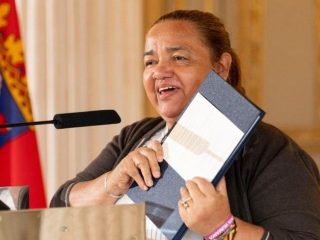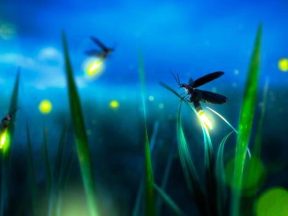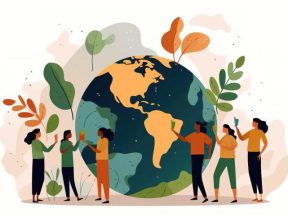Africa-Europe. The EU offers an alternative to China’s Belt and Road Initiative.
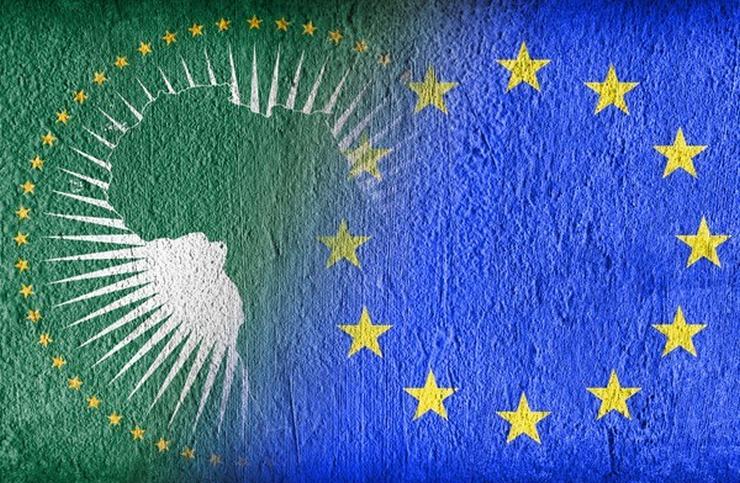
Confronted with China’s growing influence in Africa, at the last AU-EU summit, the Europeans have come up with their own initiative: the Global Gateway Africa. But will it deliver?
The main conclusion of the AU-EU summit which took place in Brussels on the 17 and 18 February was the announcement by the EU of the EUR 150 billion EU-Africa ‘Global Gateway’ investment package of grants and loans to be spent over the next six years to develop infrastructures in Africa, such as fiber optic cables, 5G networks, railways, highways ports and airports, in order to promote a strong, inclusive, green and digital growth. The ambitious EU plan aims at accelerating the green transition by promoting across Africa a 300 GW deployment of renewable energy and clean hydrogen production by 2030. To that effect, the Investment Package will also support market integration and sector reforms. According to this plan, the Investment Package will also promote the sustainable use of natural resources, biodiversity protection and nature-based solutions as the basis of a green recovery, including support to the protection of ecosystems. The expectation is to improve the livelihood of 65 million people, by capturing carbon, stabilising 3 million km² of land and ensuring water. Another aim is to increase food security by supporting agri-food systems and creating a conducive and transparent policy environment for private investments.

The 6th European Union-African Union Summit in Brussels. (European Union Media)
In the context of Africa’s high vulnerability to extreme impacts of climate change, the EU also plans to contribute to building climate resilience by supporting climate change adaptation and enhancing disaster preparedness for effective response.
At the same time, the EU will finance projects in submarine and terrestrial fibre-optic cables, as well as cloud and data infrastructures to accelerate universal access for all to internet, while supporting regulatory frameworks promoting a digital transition.
In order to accelerate sustainable growth and job creation, the EU will increase investments to boost regional and continental economic integration, namely the African Continental Free Trade Area. Special emphasis will be made on the need to facilitate mobility and trade within Africa and between Africa and Europe through strategic corridors, by developing transport infrastructure.

Chairperson of the African Union Commission Moussa Faki Mahamat.
The EU package also ambitions to accelerate Africa’s industrial development by enabling partner countries to integrate their raw materials and resources into sustainable global value chains. The EU will also step-up cooperation with African countries to improve capacities in science, technology and innovation. Another important dimension of the future cooperation is the strengthening of education and of the health systems, with the aim of improving vaccination coverage by 2030, providing Africa with manufacturing capacities to meet local needs and demand.
To meet such objectives, the EU will seek to support African countries in scaling up their green bond markets, thereby helping them to attract greater financing from the international capital markets and institutional investors. In addition, substantial re- channelling of part of the EU’s Special Drawing Rights to Africa is envisaged.
This Global Gateway Africa Initiative is part of the wider Global Gateway plan to support infrastructure development worldwide announced in December which plans to mobilise €300 billion between 2021-2027 for projects, in the digital, climate and energy, transport, health, education and research sectors.
The ambition is to provide an alternative to the Chinese Belt and Road Initiative launched in 2013 to develop infrastructure development to secure access to natural resources and raw materials and export processed products which has already financed over EUR 1,000 billion in infrastructure and industrial projects around the world. The Global Gateway is composed of EUR 135 billion in investments from the European Fund for Sustainable Development, EUR 18 billion in grants under other EU external assistance programmes and EUR 145 billion in planned investments by EU countries development finance institutions.

European Council President Charles Michel.
Such European initiative could enhance virtuous competition between China and Europe and thereby help drive down the cost of projects and provide African countries with better borrowing deals, says Kenyan trade policy expert Patrick Anam. But for some other experts, the Global Gateway looks like a ‘Paper Tiger’.
Europe can hardly compete with China in terms of investment quantity but claims to provide more quality and transparency. Ironically, the former colonial powers claim to offer an alternative to Chinese finance, which it criticized for saddling governments with unsustainable debt, while portraying the EU as ‘forging links’ instead of ‘creating dependencies.’ EU officials quote the case of Malaysia which has recently been forced to cancel three Chinese projects include a railway line of several billion dollars
Development experts coincide however that the Global Gateway is a mere packaging exercise of funds that have already been programmed by European Development Finance institutions. For Simone Tagliapietra, senior fellow at the Bruegel think tank, this view misses the point since the EU and its 27 member states are already the world’s leading providers of official development assistance with a total of EUR 66.8 billion in 2020. What Europe really needs is not new resources, but to use them more efficiently.
The main challenge the EU must face is the fragmentation of its action into countless initiatives, undertaken at both EU and national levels, which leads to overlaps and inefficiencies, says Tagliapietra. Accordingly, the real question is how well coordination between EU member states and institutions will work.

Caculo Cabaça Dam on the Kwanza River in Angola. (photo: Xinhua)
Because of this fragmentation and of the pressure of environmentalist groups which turned the European Parliament against large dams, the EU has marginalized itself from huge hydropower projects, including Grand Inga on the Congo River (40 GW), the Grand Ethiopia Renaissance Dam on the Nile River (6 GW) and Caculo Cabaça on the Kwanza River in Angola (2.5 GW) which are being financed by other resources including domestic, Chinese and Brazilian ones. “Sadly, Europe misses the point, in the energy field, it lacks vision. Can one imagine to develop plans which exclude Africa’s main clean energy asset, Grand Inga?”, asks former Belgian Cooperation Agency AGCD boss, Paul Frix.
Then, the EU attaches lots of conditions to its aid, including the adhesion to the rule of law, the respect of human rights and the respect for international standards of intellectual property while it also refuses to fund projects including the use of fossil fuels. The EU claims it wants a ‘partnership between equals’ but obviously, the hand of the one that gives is above the other.
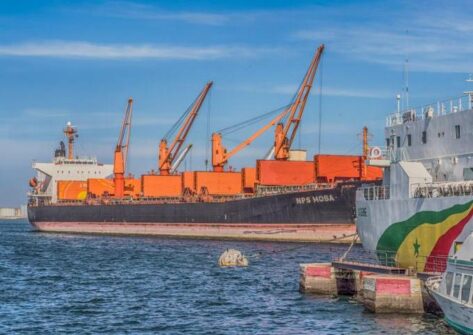
Big ship in port of Dakar in Senegal. Africa. ©123mn/123RF.COM
This attitude does not fit necessarily with African expectations. Some African experts stress that whereas China has built roads, bridges and dams over the last 20 years, the EU has come up with a lot of red tape. Many EU aid projects include specific amounts to train African administrations in order to enable them to adapt to the bureaucratic procedures of the European Commission. Some African intellectuals resent the EU’s attitude of lecturing its partners.
Yet, many questions remained unanswered. How will the Global Gateway be managed and implemented? “At the moment, nobody really knows how it will work”, comments Paul Frix. One thing is for sure. The EU’s Global Gateway Africa initiative is also very much about Europe’s self-interest. During her State of the Union speech in September 2021, the EU Commission president, Ursula von der Leyen made clear that the EU wouldn’t finance any project at any cost. “It does not make sense for Europe to build a perfect road between a Chinese-owned copper mine and a Chinese-owned harbour”, she warned. Such statement reflects namely EU’s rising interest for Africa’s critical minerals resource such as rare earths elements used for the batteries of electric cars whose market is booming. (Open Photo: © Can Stock Photo / michaklootwijk)
François Misser

